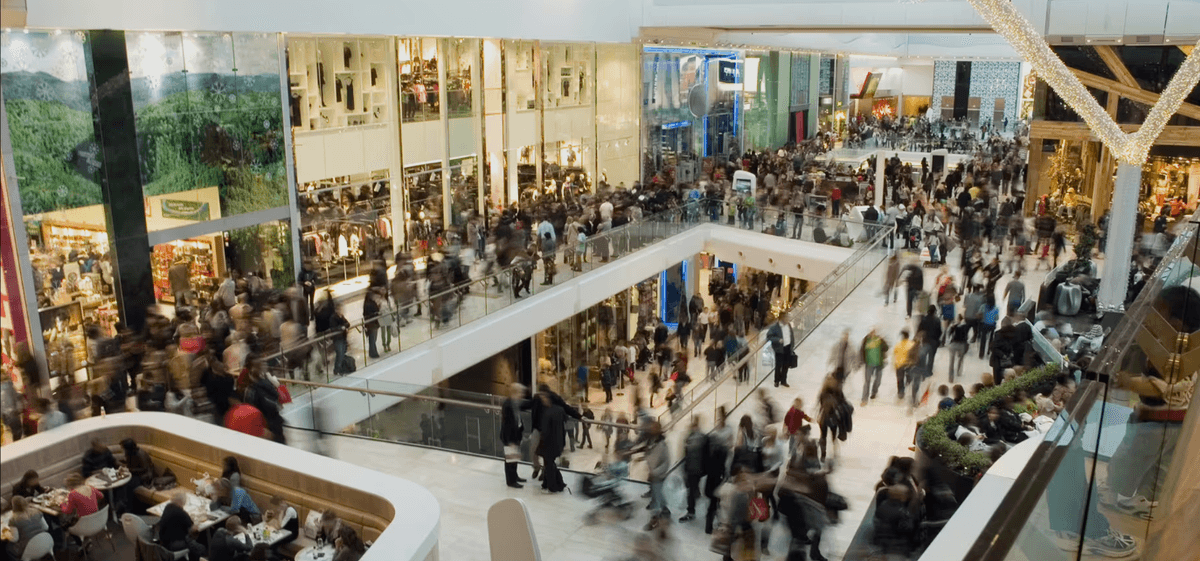
The National Retail Federation predicts that retail sales will increase year-over-year in 2025 despite consumer uncertainty.
During its fifth annual “State of Retail & the Consumer” virtual event Wednesday afternoon, the trade organization said it expects retail sales to grow between 2.7 and 3.7 percent year-over-year, reaching $5.42 trillion to $5.48 trillion.
This year’s forecast is in line with the 10-year pre-pandemic average annual sales growth of 3.6 percent, it said.
In 2024, the United States saw annual retail sales increase 3.6 percent to $5.29 trillion.
“Overall, the economy has shown continued momentum so far in 2025, bolstered by low unemployment and real wage gains,” NRF President and CEO Matthew Shay said.
“However, significant policy uncertainty is weighing on consumer and business confidence.”
Non-store and online sales, which are included in the total figure, are expected to increase between 7 and 9 percent year-over-year totaling between $1.57 trillion and $1.6 trillion.
That is line with last year, when non-store and online sales grew 8 percent to $1.47 trillion.
GDP growth is expected to decline about 2 percent this year, down from a nearly 3 percent increase in 2024 and reversing the recent trend of GDP growth, the NRF said.
During the event, Shay and other experts referred to the uncertainty around impending tariffs, as the virtual event took place prior to President Donald Trump’s announcement about tariffs later in the day.
“Consumer spending is not unraveling.” —Jack Kleinhenz, NRF
The looming tariffs have been weighing on consumer confidence, which recorded its fourth consecutive month of decline in March, according to The Conference Board.
Lingering inflation coupled with tariffs anxiety has hurt consumer confidence, NRF Chief Economist Jack Kleinhenz said Wednesday, but that doesn’t necessarily translate to an “immediate decline” in consumer spending.
“Any way you look at it, a lot is riding on the consumer,” he said.
“While we do expect slower growth, consumer fundamentals remain intact, supported by low unemployment, slow but steady income growth, and solid household finances. Consumer spending is not unraveling.”
It’s the data on employment, income, and tariff-induced inflation that supports the NRF’s view of a slowdown in consumer spending, Kleinhenz said, rather than declining consumer sentiment.
Jobs growth is also expected to moderate this year, he said.
With the implementation of tariffs, the NRF said it expects Personal Consumption Expenditure (PCE) inflation to remain at its current level of around 2.5 percent this year.
The PCE price index tracks inflation and deflation across a range of consumer expenses and reflects changes in consumer behavior.
“We are a consumer-led economy and we need to keep that consumer healthy,” said Robert Eddy, CEO of BJ’s Wholesale Club, in an interview with Shay during the virtual event. “And anything that challenges that is a risk.”
Eddy said consumers went through a lot during the pandemic, particularly regarding inflation, and his company has found success by focusing on consistency, predictability, and affordability.
“Like a bodybuilder, the consumer has very little body fat.” —Katherine Cullen, NRF
Katherine Cullen, vice president of industry and consumer insights at NRF, compared consumers to bodybuilders.
When inflation first spiked, consumers could absorb the high costs and maintain increased spending levels because they built up their savings during the pandemic.
“Those reserves are starting to run out. Like a bodybuilder, the consumer has very little body fat,” she said. “Most households have burned through their savings and so they’re relying on wages to keep them juiced.”
Over the last several years, wage growth has outpaced inflation, she said, and so consumers could weather higher prices and still maintain their lifestyle. But without their savings to fall back on, consumers are more vulnerable to “economic shocks,” like higher prices, job losses, and reduced wages.
For now, household balance sheets seem to be “in good shape,” the NRF said.
However, it noted delinquencies on auto loans and credit card payments have risen, falling in line with the pre-pandemic trend.
“The consumer credit picture should remain healthy as long as the labor market remains solid,” Kleinhenz said.
